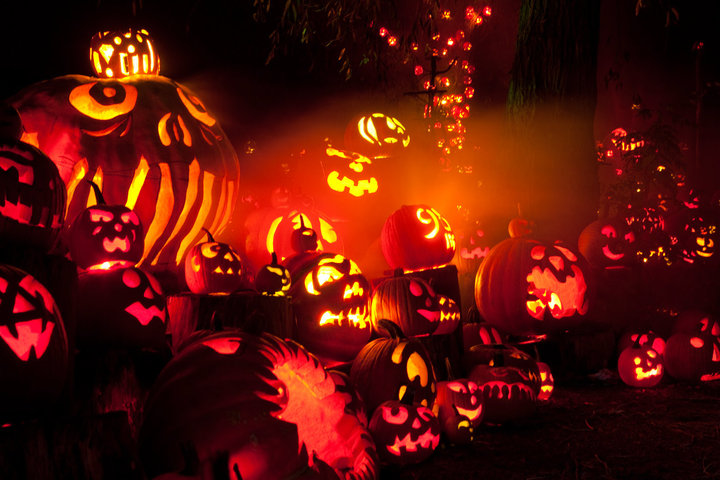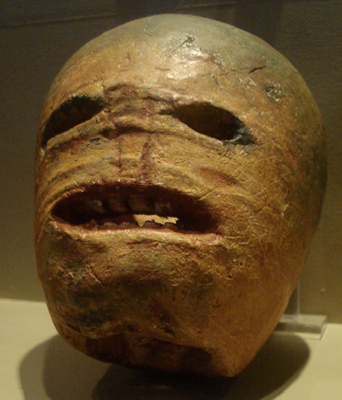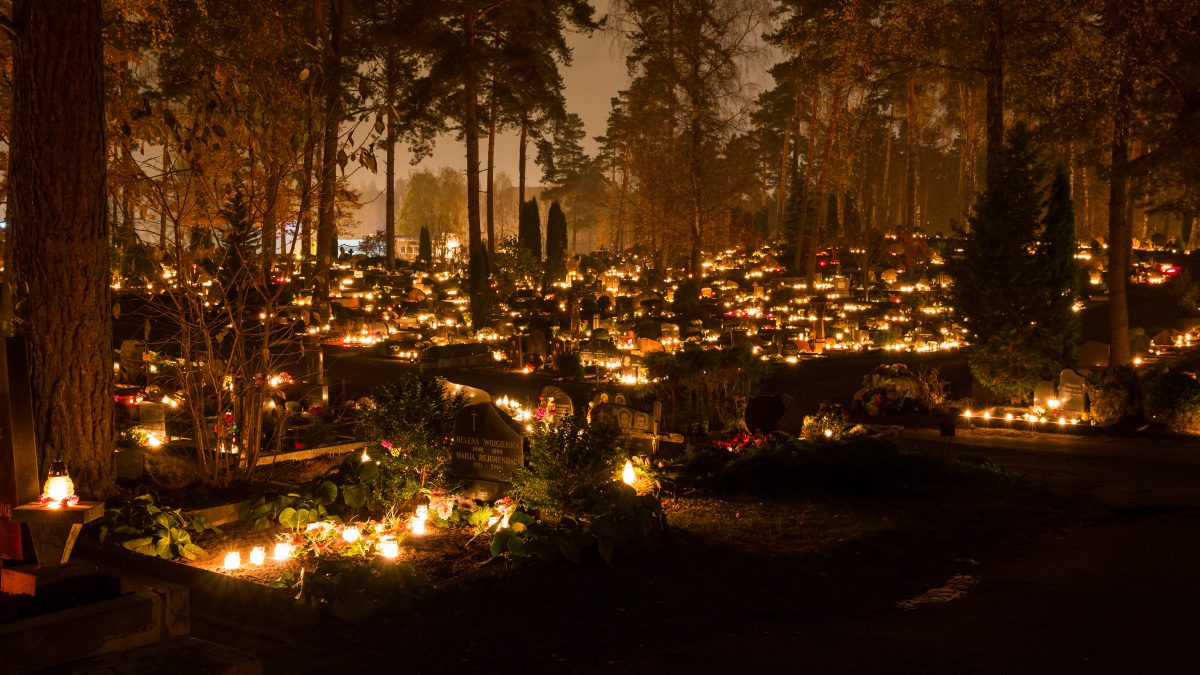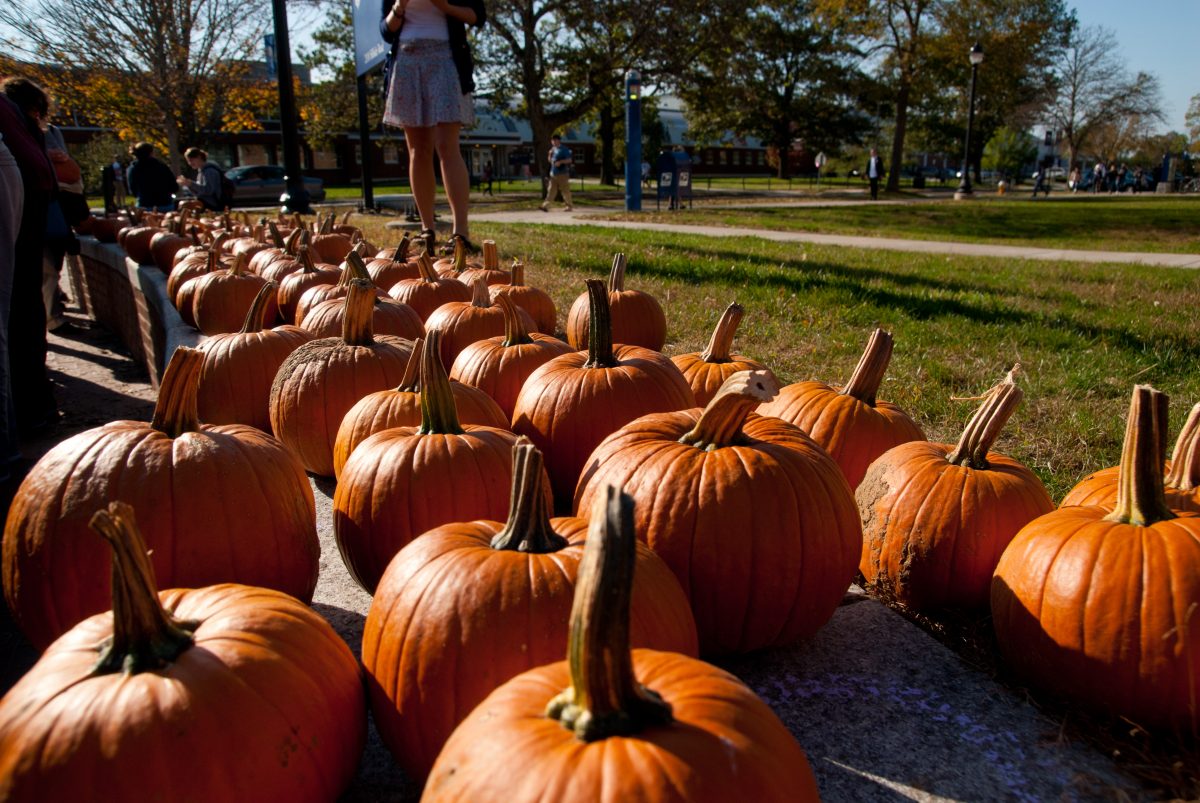History of Halloween

Halloween as we know it today has a very long history that began about 2,000 years ago with the Celts who live in the area that is now Ireland, the UK and northern France celebrated New Year’s on November 1st through a festival called Samhain. The festival happened at the end of summer and the beginning of the harvest. At this time of the year, the weather became cold and dark. Many people became very sick and did not survive the winter. The Celts believed that on the night before the New Year, October 31st the line between the worlds of the living and the dead were blurred because ghosts returned to earth on the night of October 31st.

The Celts believed that when ghosts came back to earth, it made it easier for Celtic priests or Druids to predict the future. These fortunes were very important to the people who did not know if they were going to survive the winter. In celebration, the priests would build large sacred bonfires and make sacrifices to the gods. During the celebration, the Celts wore costumes made of animal skins and tried to tell each other’s fortunes.
When the Roman Empire conquered a lot of the Celtic territory, Roman and Celtic festivals were combined. The Romans traditionally celebrated the passing of the dead with the holiday Feralia and they also honored the goddess of fruit and trees, celebrating the harvest.

About 500 years later, the Catholic Church named November 1st All Saint’s Day. This is a day to honor all Christian martyrs and saints. People would dress up in costumes to celebrate the event. Eventually Christianity spread to where the Celts were living and the celebration became combined with their New Year celebrations. All Saints day was also called All-Hallows and the night before it the same night as the Celts’ big celebration of Samhain, was called All-Hallows Eve, which eventually became Halloween. During the medieval period, children and poor people would go door to door asking for donations or food in exchange for prayers.

When people first arrived in the United States they did not celebrate Halloween. As people from different parts of Europe began living with Native Americans, many fall harvest celebrations happened. When new Irish immigrants came to America after the Irish Potato Famine, they brought many of the Halloween traditions including pumpkin carving. Originally turnips were used instead of pumpkins. They were carved as a way to scare off evil spirits.
Eventually in America, all of the traditions were combined into Halloween. This also included people going door to door asking for money. After time, young people would go door-to-door looking for treats and playing pranks, which created the phrase “trick or treat”. Passing out candy or treats became a way to encourage people to not play tricks. By the 1970s candy became the popular item to hand out instead of baked goods, toys, and coins because it was easy and pre-packaged.

Over the last 100 years Halloween has been less about religion and more about having fun! We still keep many traditions to scare evil spirits like carving pumpkins and dressing up. Did you know that Halloween is the 2nd most expensive holiday in the United States, right behind Christmas? People will spend about $7 billion dollars on candy, costumes, party supplies, decorations, and more! About 41.1 million children will go trick or treating on Halloween night, that’s a lot of candy!